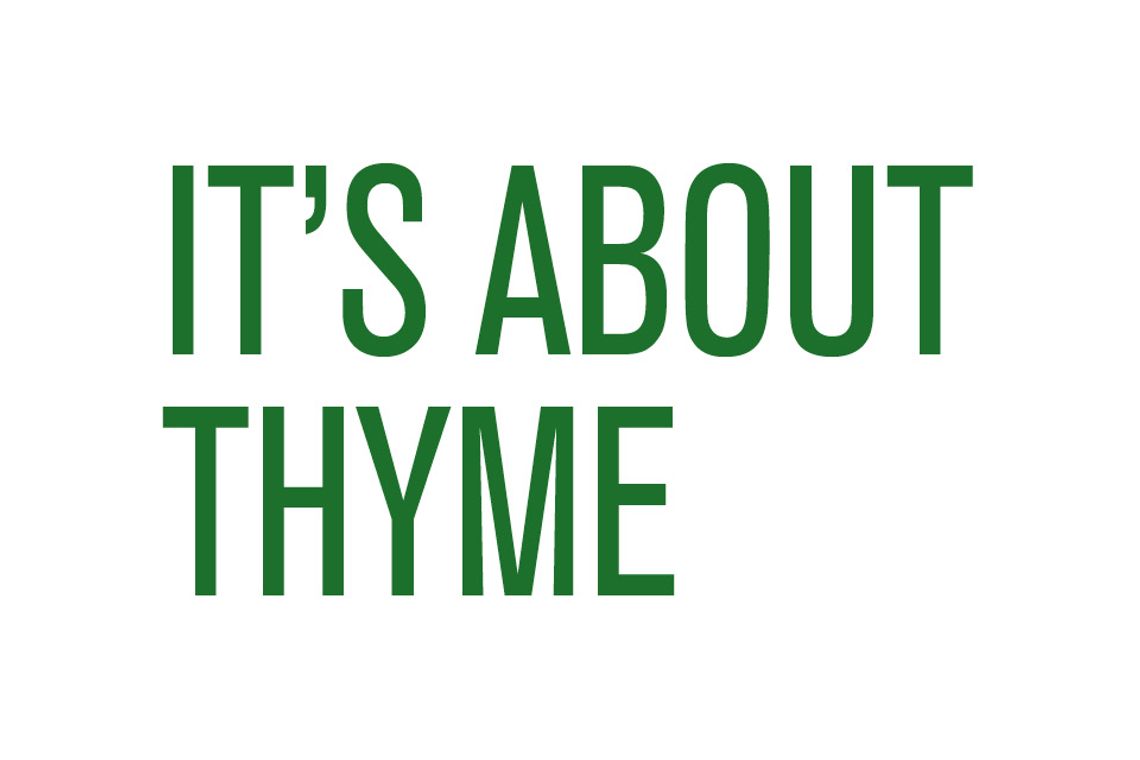Ask Amanda - by Amanda Moon
Growing an avocado tree from a seed has always been a favorite project for elementary age kids. I remember planting one when I was young and watching it in wonder as it sprouted roots and tops out of its toothpick-stabilized seed.
Although this is a great way to teach kids about how a seed becomes a tree, sadly the actual avocado tree created this way will not usually be strong enough to last through a winter, and will rarely produce any fruit.
Like citrus, avocados that produce at a young age are grafted, not seed grown. There are also specific varieties better suited to our climate than the Haas and other grocery store fruits used in the elementary school experiments.
Avocados are a staple in many Texans’ diets – certainly in mine – and with just a little TLC, growing your own fruit is definitely an option here.
The avocado tree (Persea americana) is native to Mexico and Central America, and is grown commercially on a limited basis in the Rio Grande Valley.
The best types of avocado to experiment with here in central Texas are the Mexican varieties. They have thinner skinned fruit, but a greater tolerance to frost than the others (including the Guatemalan Haas). An established, older Mexican avocado has a frost tolerance to 15 degrees when planted in a protected location.
The best Mexican varieties to grow in the Austin area are Lila, Joey, Poncho, Fantastic, Opal, Wilma and Pryor.
For strong fruit production it is best to have two different varieties, although here in Texas the Mexican varieties appear to be somewhat self-fertile as well. My Lila has fruit on it without a pollinator friend; hopefully I will actually get a small crop of avocados this year.
Cold is definitely our limiting factor for growing avocados commercially in the central part of the state, but just like citrus a backyard gardener can have success with the trees if they are well protected from extreme cold and even better protected when they are still young.
I have kept my Lila in a pot so that while still young I can bring the tree in and out of the garage on the coldest nights. Of course my soil isn’t very deep either, so she may be in a container as long as I live in this house.
Avocados will reach heights of 50’ plus if given the opportunity, so topping the tree (cutting out the center growth leader) may be necessary to keep the tree at manageable levels for winter protection. I don’t know about you, but I am not interested in climbing an extension ladder in below freezing wind chill to protect a tree!
Trees planted in a protected area of your backyard, or facing south-southeast in the front will have the best chance of surviving winter. Make sure the soil is well-drained, but otherwise the avocado is not particular about acidity/alkalinity.
The tree fruits best in full sun, but young trees may burn in the summer during the first few years if not shaded in the afternoon. This is another reason for keeping mine in a pot for a while -- so I have more control over the conditions until it is bigger and stronger.
Fertilize regularly with an organic fertilizer throughout the growing season and water regularly, but don’t let the tree sit in water. Drainage is essential.
Avocados typically flower in the late winter to early spring and fruit will develop roughly 6 months later on the Mexican types.
Determining when to pick the fruit is a little bit of a guessing game as the fruit will not ripen on the tree. The best way to tell is to pick one or two of the largest fruits and let them sit on the counter for a week or two. If they ripen, then the rest of the larger ones should be ready too.
When I was a kid the servers at a Mexican restaurant my parents would frequent referred to me as ‘the Guacamole Kid’ because that was all I was interested in eating. Although my taste is more varied now, if I was given a choice of one food to live off for the rest of my life . . . it would probably still be the avocado. Happy gardening everyone!
If you have a gardening question, send it to me via email: [email protected]. (Please put ‘Ask Chris Winslow’ in the subject line.) Or mail your letter or postcard to: Ask Chris Winslow. It’s About Thyme: 11726 Manchaca Road, Austin, TX 78748.











